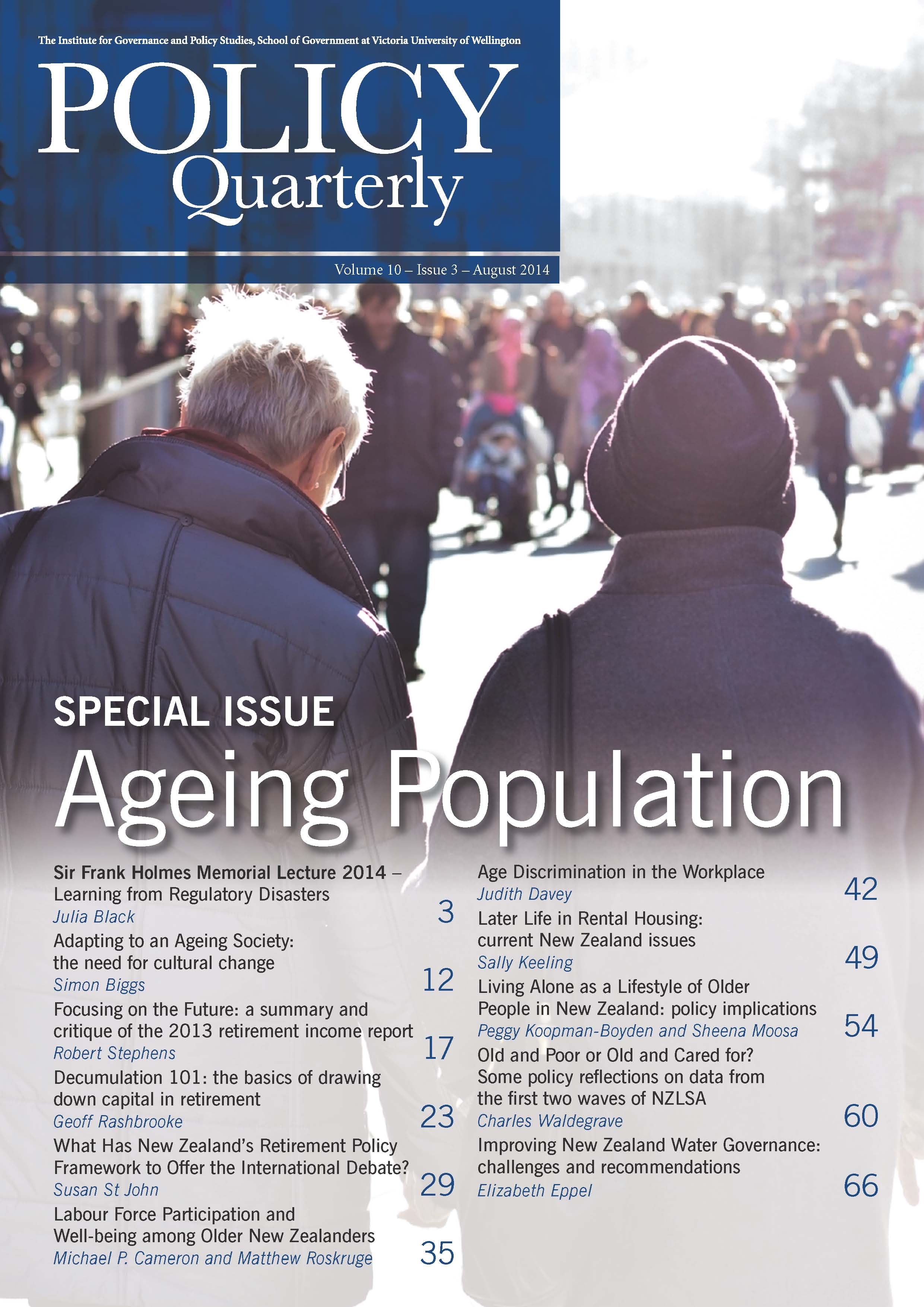Learning from regulatory disasters
DOI:
https://doi.org/10.26686/pq.v10i3.4504Keywords:
regulatory disasters, regulatory governance, Commission on the Pike River Coal Mine Tragedy, Hunn report on ‘leaky buildings’, organisational dynamics, institutional context and system complexity, regulatory strategies and techniquesAbstract
In 2010 an explosion in the Pike River mine in New Zealand killed 29 people, and, on the other side of the world, a blowout at the Macondo oil well killed 11 people and caused major environmental damage as four million barrels of oil spilled into the Gulf of Mexico. In 2005 a cloud of petrol vapour spread over two major motorways early on a Sunday morning after an explosion at the Buncefield storage depot in the South of England, which if it had happened at any other time could have caused significant loss of life. In 2008 the Royal Bank of Scotland (RBS), one of the UK’s largest banks, was rescued from collapse by a government bail-out of £46bn, a contributor to and casualty of the global financial crisis. In the 1990s to early 2000s poor New Zealand building practices led to significant losses for home owners caused by leaky buildings. Estimates of the losses range to as high as $NZ11.3bn (PricewaterhouseCoopers, 2009).
Downloads
Downloads
Published
Issue
Section
License
Permission: In the interest of promoting debate and wider dissemination, the IGPS encourages use of all or part of the articles appearing in PQ, where there is no element of commercial gain. Appropriate acknowledgement of both author and source should be made in all cases. Please direct requests for permission to reprint articles from this publication to Policy-Quarterly@vuw.ac.nz.



